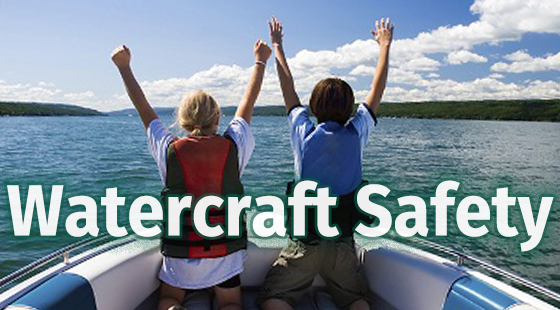On March 23, the R.I. Coastal Resources Management Council and U.S. Fish & Wildlife Service began a marsh restoration pilot study on the marsh just south of Middlebridge. The pilot is comparing two methods of “thin-layer deposition” in which a layer of sand is used to raise the elevation of the marsh surface and thus enable the marsh to keep up with sea level rise.

The pilot will compare the results of two 50 by 100 foot plots where roughly four inches (100 cubic yards) of sand were added.
With the hydraulic method used for the first plot, water, air and sand were combined in a tank and pumped onto the marsh.
In the second plot, the layer of sand was spread using a Bobcat loader.
USFWS scientists will be measuring sediment levels, vegetation response and peat compression (soil bulk density) throughout the year to help inform suggested methods for larger scale thin-layer deposition of material dredged from Narrow River later this year.
The work is part of a multi-prong USFWS effort to restore estuarine conditions in the John H. Chafee National Wildlife Refuge in the Narrow River to enhance resiliency against sea level rise, climate change and future storm events.






